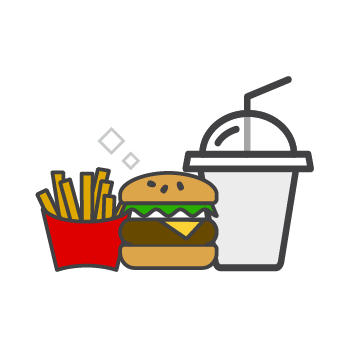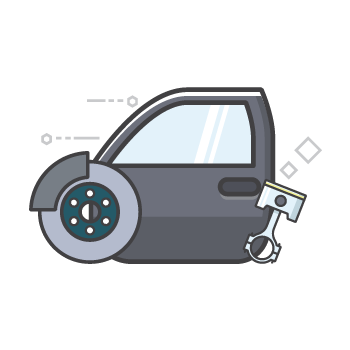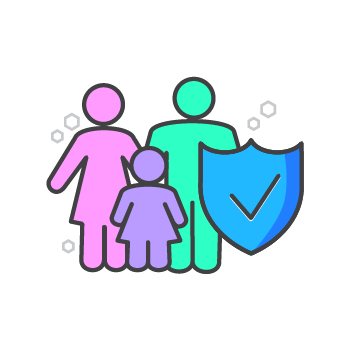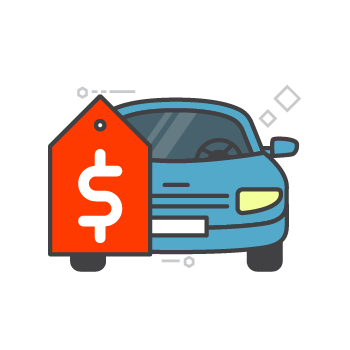International Day for the Elimination of Violence Against Women: The Work Continues
by Carolyn Lee Nov 25, 2019
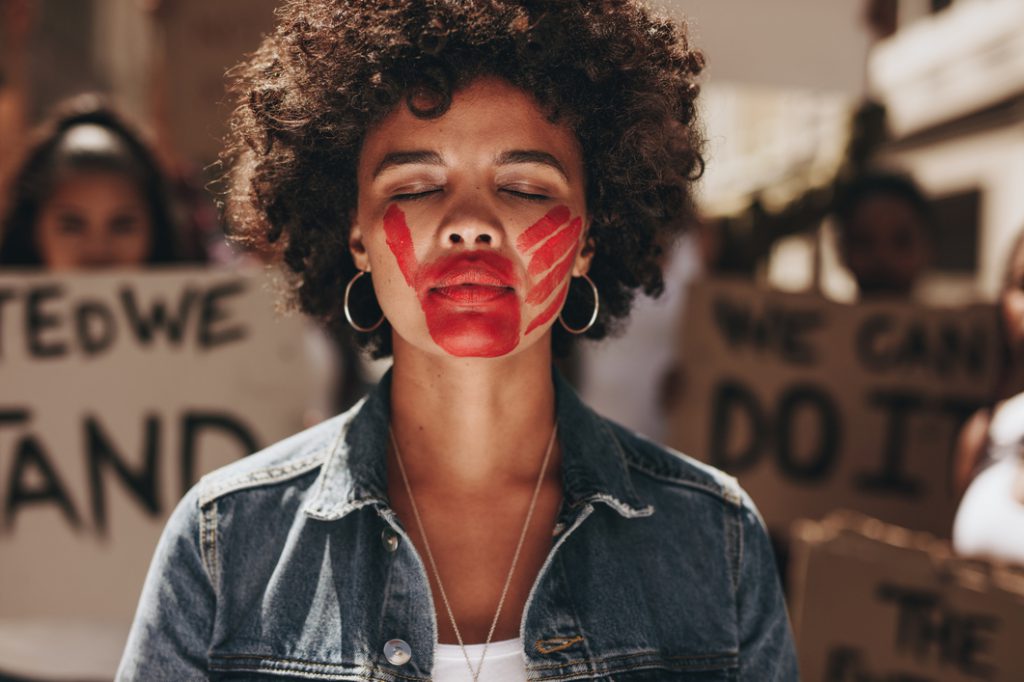
According to the United Nations Women, “violence against women and girls is a grave violation of human rights.”
The organisation also shares that globally one in three women have experienced physical or sexual violence during their lifetime.
Dedicated efforts to end violence against women worldwide has resulted in several international agreements.
These agreements include the Convention on the Elimination of All Forms of Discrimination against Women (CEDAW) and the UN Declaration on the Elimination of Violence against Women.
International Day for the Elimination of Violence Against Women is acknowledged on 25 November annually.
In recognition of the day, we are sharing why the declaration is important and where to seek help.
Violence against women and girls has a serious impact on the victim and their family. It can prevent victims from fully contributing to society.
Most victims do not report being attacked.
This is usually because victims are ashamed, fearful of the stigma surrounding it, or they choose to keep silent.
Certain groups of women and girls are particularly vulnerable to violence. These include those identifying as lesbian, bisexual, transgender or intersex, young girls and older women, migrants and refugees, indigenous women and ethnic minorities, or those living with HIV and disabilities.
Violence against women manifests in physical, sexual and psychological ways.
Common examples of this include:
– Child marriage, genital mutilation, human trafficking (sexual exploitation, slavery).
– Intimate partner violence such as marital rape, beatings, psychological abuse, and femicide – (the intentional killing of women or girls).
– Sexual violence and harassment (rape, forced sexual acts, unwanted sexual advances, child sexual abuse, forced marriage, street harassment, stalking, cyber-harassment)
– Human trafficking (slavery, sexual exploitation).
– Human trafficking (slavery, sexual exploitation).
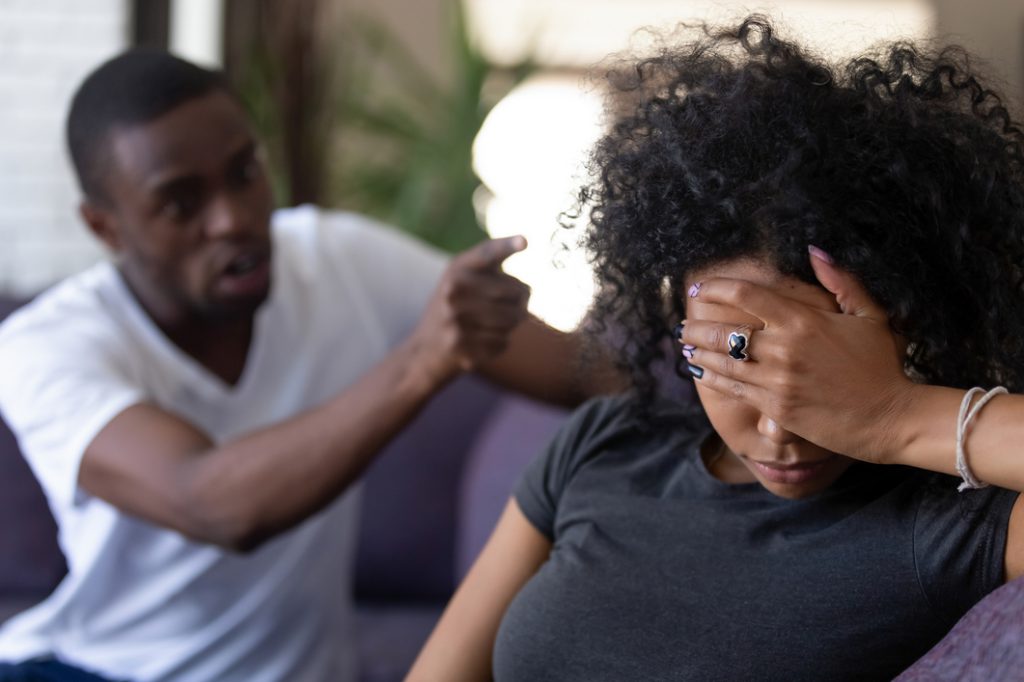
How to tell if you are in an abusive relationship:
– You are fearful of your partner.
– Your partner tries to control you or restricts your freedom.
– You think negatively of yourself (self-hating thoughts).
– You feel helpless and desperate most of the time.
– You are careful with what you say, so as not to upset your partner.
– Your partner threatens to commit suicide if you leave.
– Your partner physically hurts you, threatens to hurt or kill you.
– Your partner destroys your belongings.
– Your partner forces you to have sex.
– Your partner is overly jealous and possessive.
Here’s where you can get help:
Most government agencies have implemented laws that govern domestic violence, sexual assault and other forms of violence against women. Some of these laws fall under the Domestic Violence Act.
Please check with the Ministry of Justice or the Bureau of Gender Affairs in your country for more information.
Also, if you or someone you know needs help, FindYello has a list of therapists and psychologists that you can contact.
For more information on the work that the UN Women is doing to eliminate violence against women, visit their website.
For professional help, search Find Yello for therapists and psychologists near you.
Sources: UN Women, Help Guide and United Nations.




